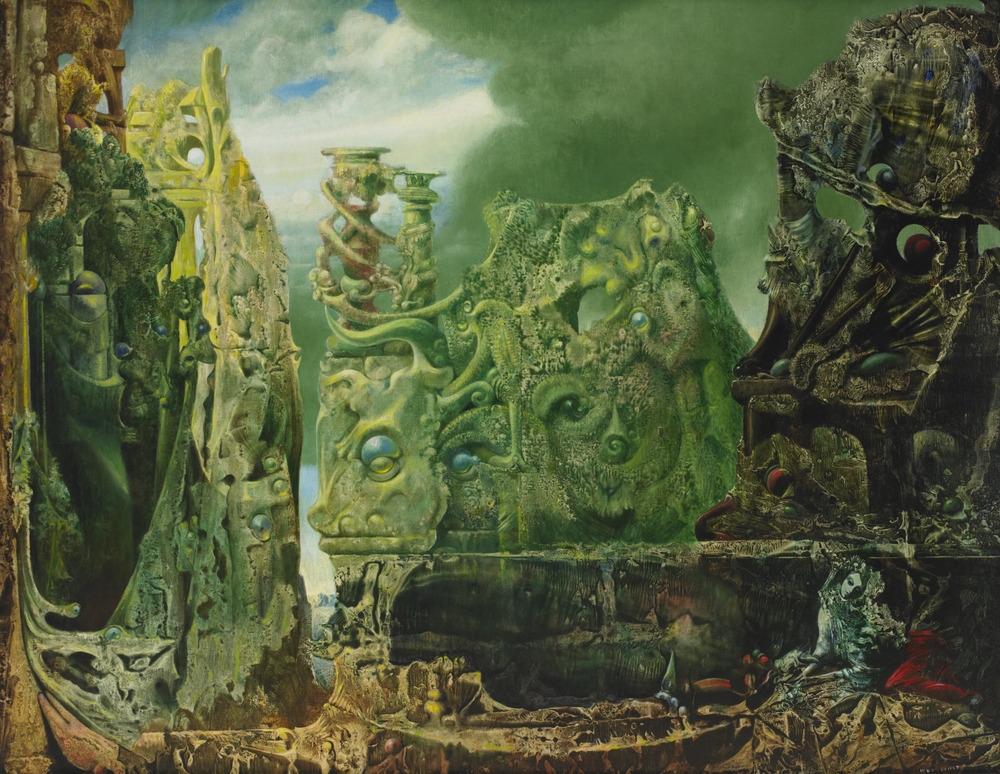Ekphrastic Poem

Amplify and expand the meaning of an artwork through vivid description with this creative writing activity.
Introduction
With roots in ancient Greece, ekphrasis was taught as a form of rhetoric meant to convey the experience of an object to a reader or listener through descriptive language. Ekphrastic poetry is a form of literary response to visual art that uses vivid language and descriptive imagery to delve into an artwork’s themes, emotions, and ideas. The German Dada and Surrealist artist Max Ernst created the otherworldly landscape of L’oeil du silence (The Eye of Silence) in 1943–44 while living in exile in the United States during World War II. Follow the steps below to craft an ekphrastic poem that expresses your interpretation of this painting and its unusual textures and forms.
For an example of ekphrastic poetry, read Anne Sexton’s “The Starry Night,” based on the painting by Vincent van Gogh.
Materials
- Pencil
- Paper
Steps
- Spend a minute looking closely at the artwork.
- Write a list of nouns found in the artwork. These can include depicted people, places, and things, as well as formal elements such as colors and textures.
- Write a list of present or past tense verbs seen or implied in the artwork.
- Form at least six sentences that join together your nouns and verbs. Play around with unexpected pairings. Consider what visual, physical, and emotional aspects of the artwork you want to convey to the reader.
- Revise your sentences. Consider incorporating alliteration, simile, or metaphor.
- Pick your favorite sentences and arrange them into a poem, considering the sequencing of beginning, middle, and end.
- Title your poem.
Try this activity with three-dimensional as well as two-dimensional artworks and artworks in different mediums. Explore the collection and pick an artwork that resonates with you.